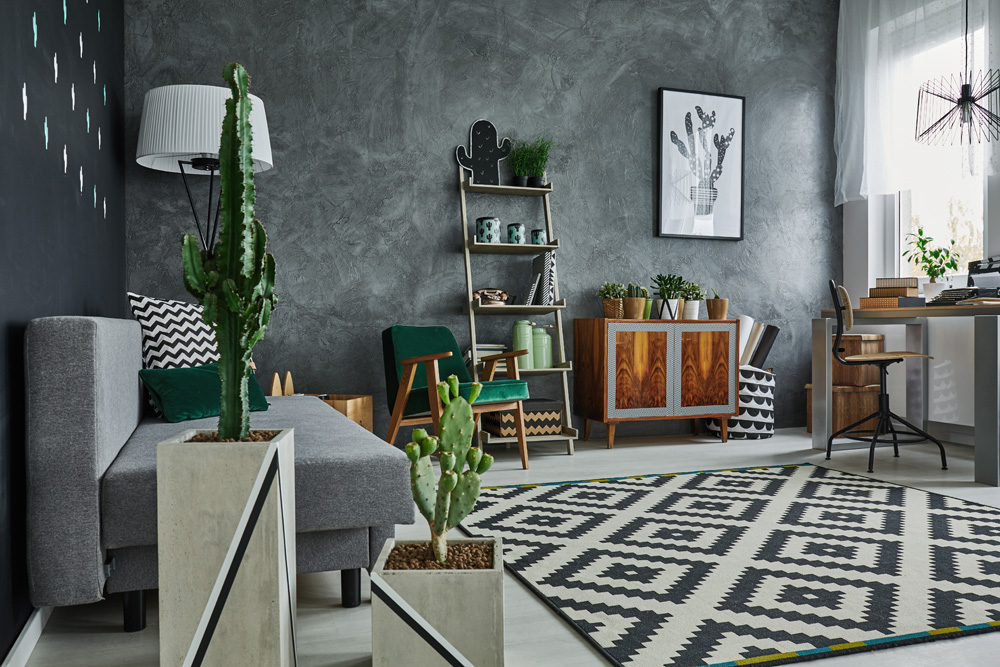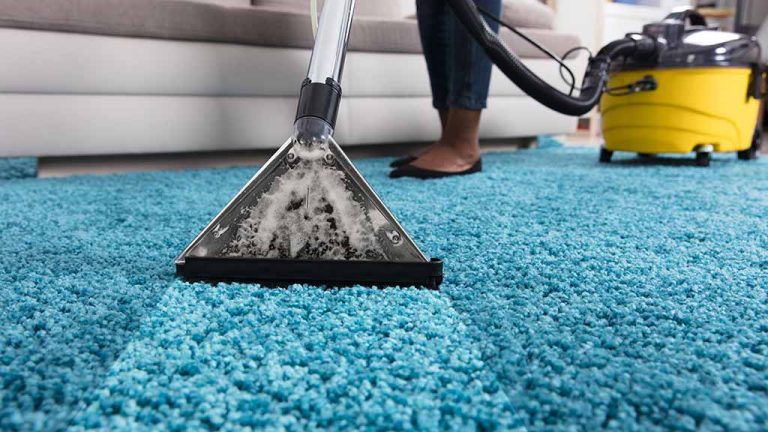In our increasingly fast-paced and modern world, the significance of creating a nurturing home environment has never been more paramount. Our living spaces deeply influence our moods, health, and overall well-being. By thoughtfully designing our homes, we can cultivate a sanctuary that promotes relaxation, joy, and a sense of belonging. This article will explore how the elements of interior design—from color schemes to furniture placement—can be harnessed to enhance our daily lives and foster emotional well-being.
As we delve into the science of home aesthetics and psychology, we will uncover practical tips and strategies for transforming ordinary spaces into havens of tranquility and positivity. Whether you’re seeking to revitalize a single room or completely restructure your home, understanding the relationship between design and well-being will empower you to make informed choices that resonate with your personal style and emotional needs. Join us on this journey to discover how the right atmosphere can be a powerful catalyst for health and happiness in our everyday lives.
The Power of Color Schemes
Color has an undeniable influence on our emotions and can significantly affect the ambiance of our living spaces. Warm tones like reds and yellows can evoke feelings of energy and happiness, while cool colors such as blues and greens promote calmness and relaxation. When choosing a color palette for your home, consider the emotions you wish to cultivate in each room. By harmonizing colors with your lifestyle and emotional needs, you can create a sanctuary that resonates with positivity and wellbeing. For a deeper dive into how your home’s atmosphere affects your emotional state, visit https://kevinfrancisdesign.com/blogs/design-ideas/designing-with-intention-how-your-homes-atmosphere-affects-your-well-being.

Furniture Placement and Flow
The arrangement of furniture in your home is crucial for promoting a sense of balance and harmony. Thoughtful placement can facilitate movement and interaction, fostering connection among family members and friends. Ensuring that spaces are not overly cluttered and that pathways are clear can enhance both the functionality and aesthetic appeal of a room. When designing your layout, consider the activities that will take place in each area and how people will engage with one another in that space. By prioritizing flow and accessibility, you create an environment that encourages relaxation and positive social interactions, ultimately contributing to your overall well-being.
In conclusion, designing a home that promotes well-being goes beyond aesthetics; it is a holistic approach that encompasses color, furniture placement, and intentionality in every element of the space. By carefully considering how each decision affects our emotions and interactions, we can create an atmosphere that serves as a sanctuary for rejuvenation and joy. Incorporating personal touches, such as meaningful artwork, plants, and comforting textures, reinforces a sense of belonging and connection, enhancing our emotional landscape. Ultimately, by embracing these design principles, we transform our homes into nurturing environments that not only reflect our personalities but also enrich our lives, paving the way for a healthier, happier existence.


